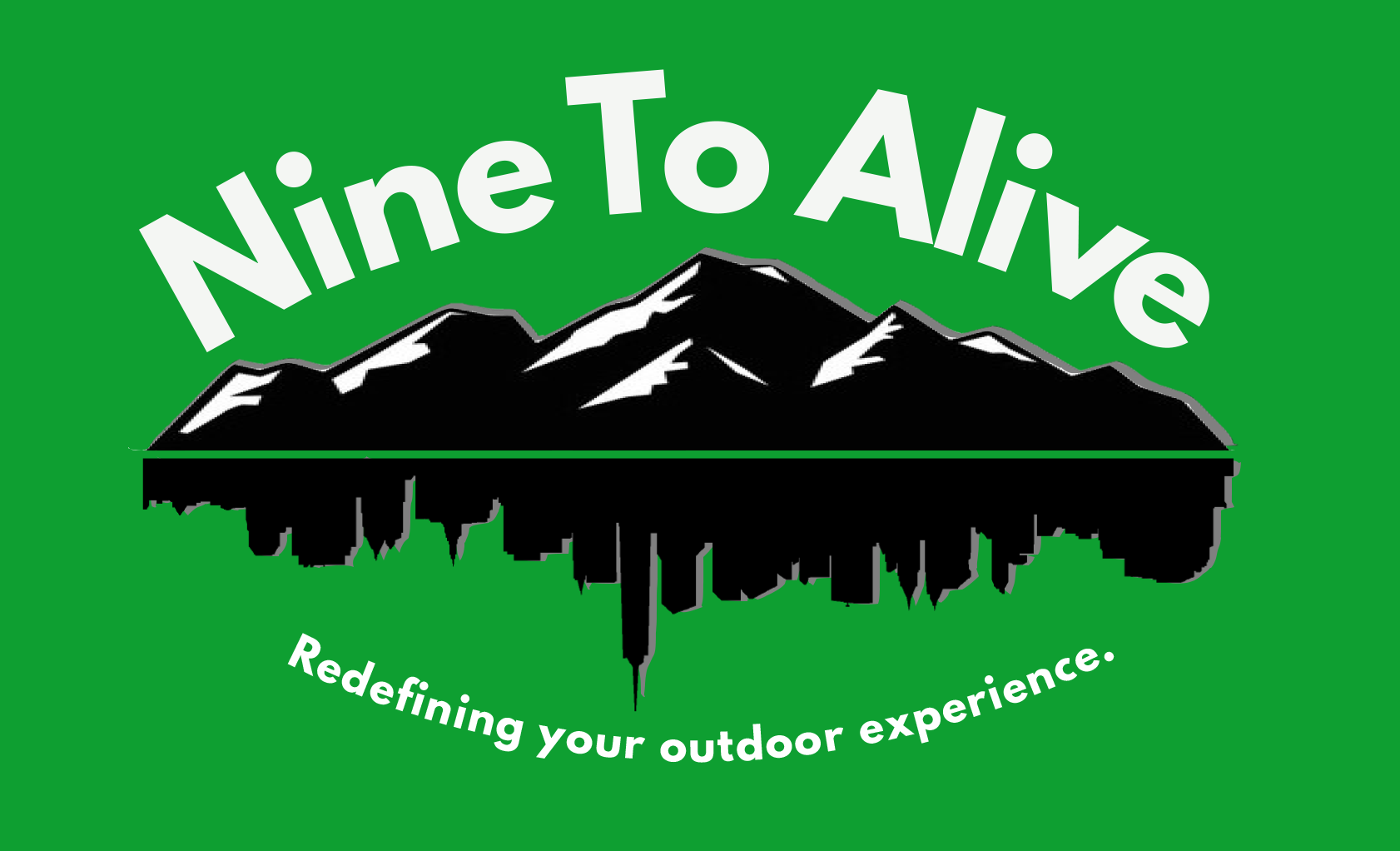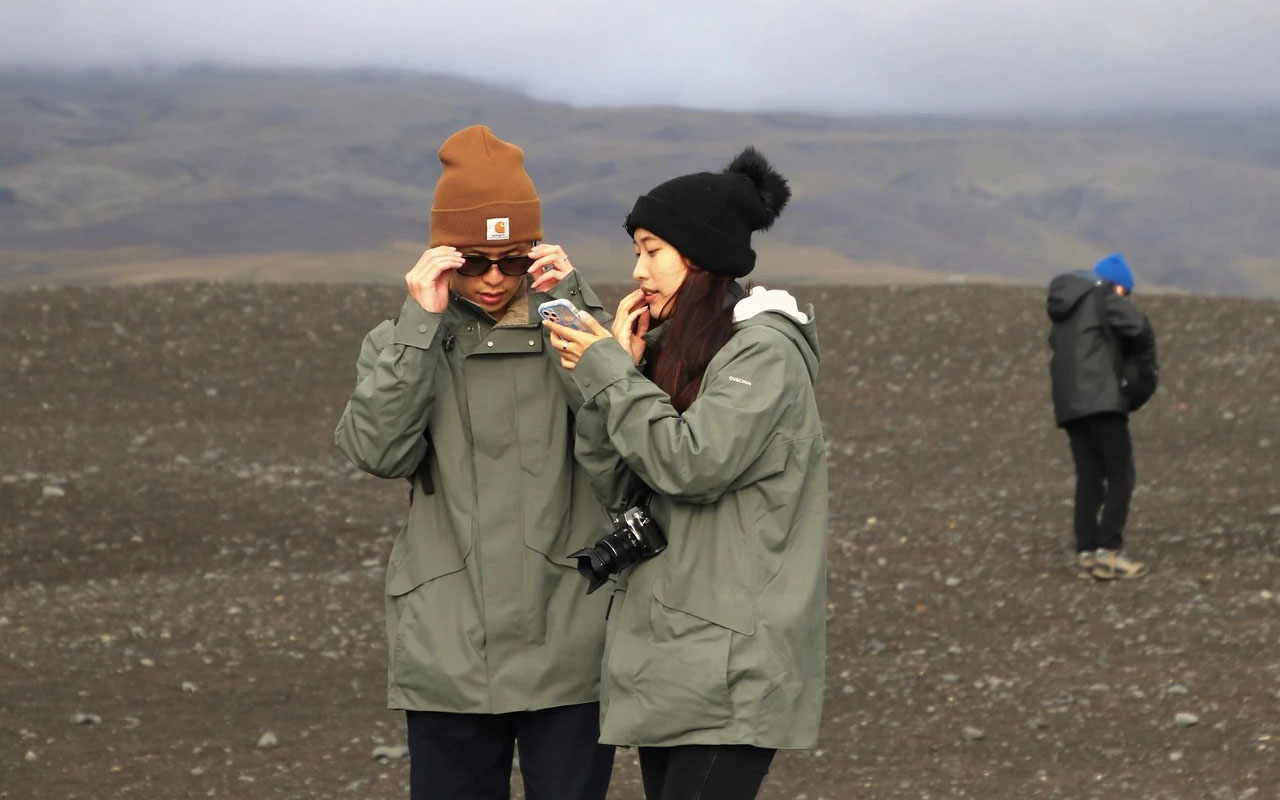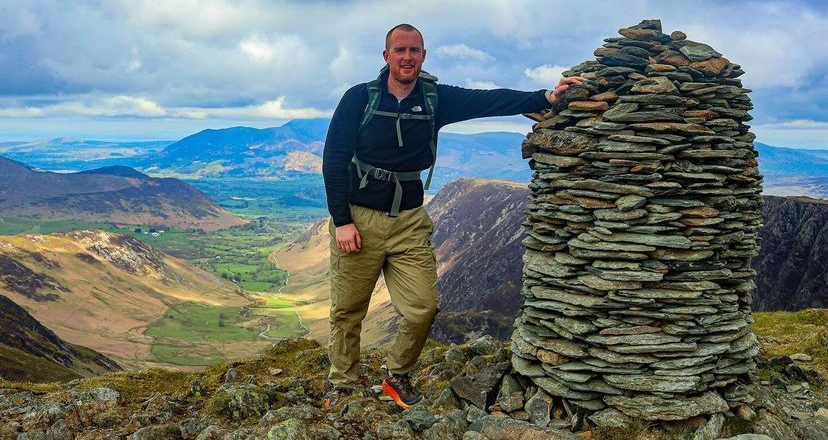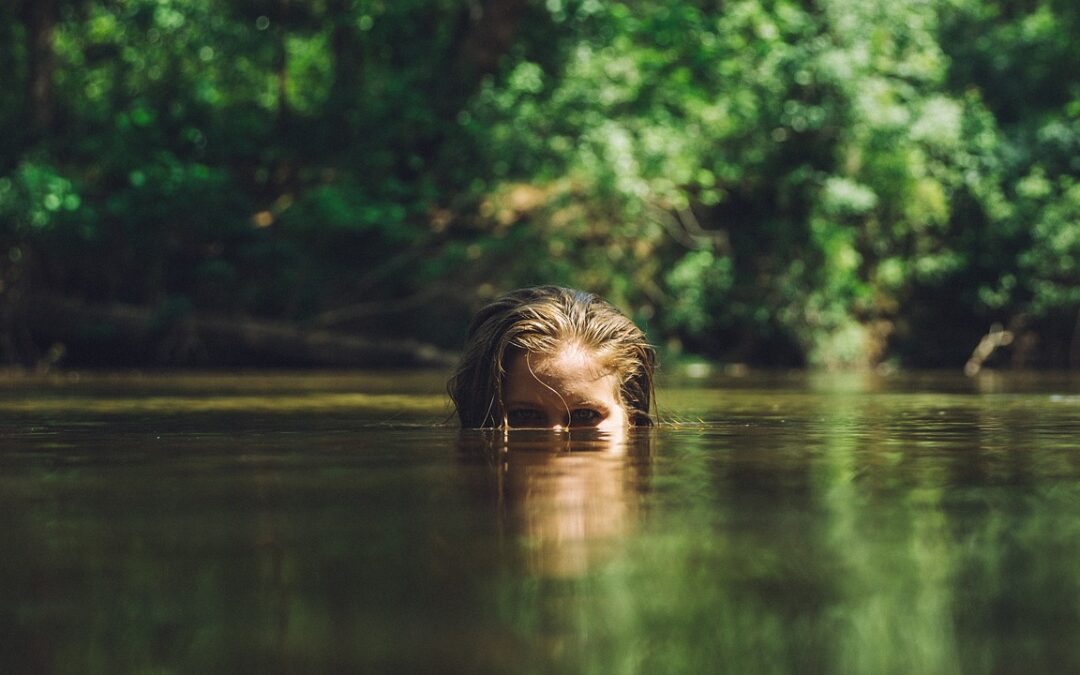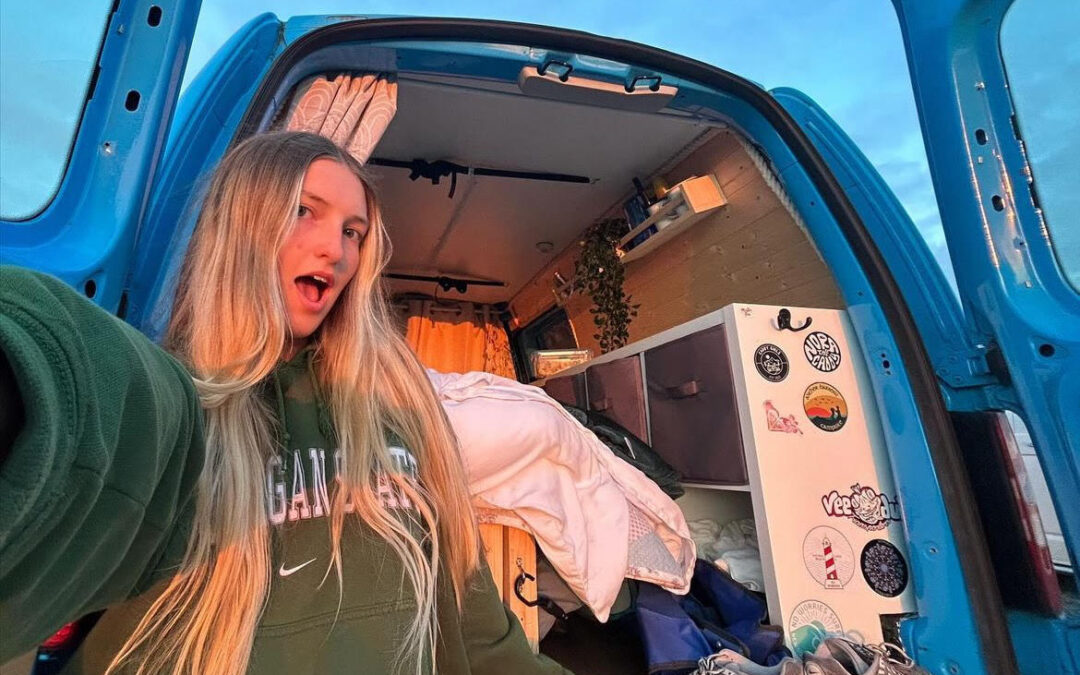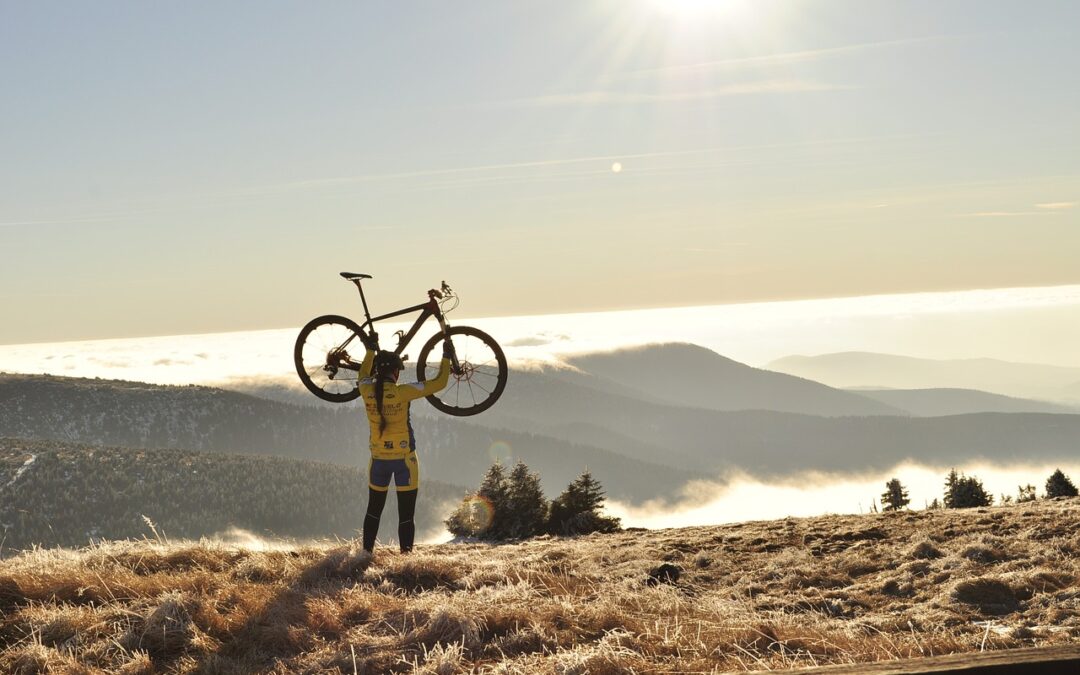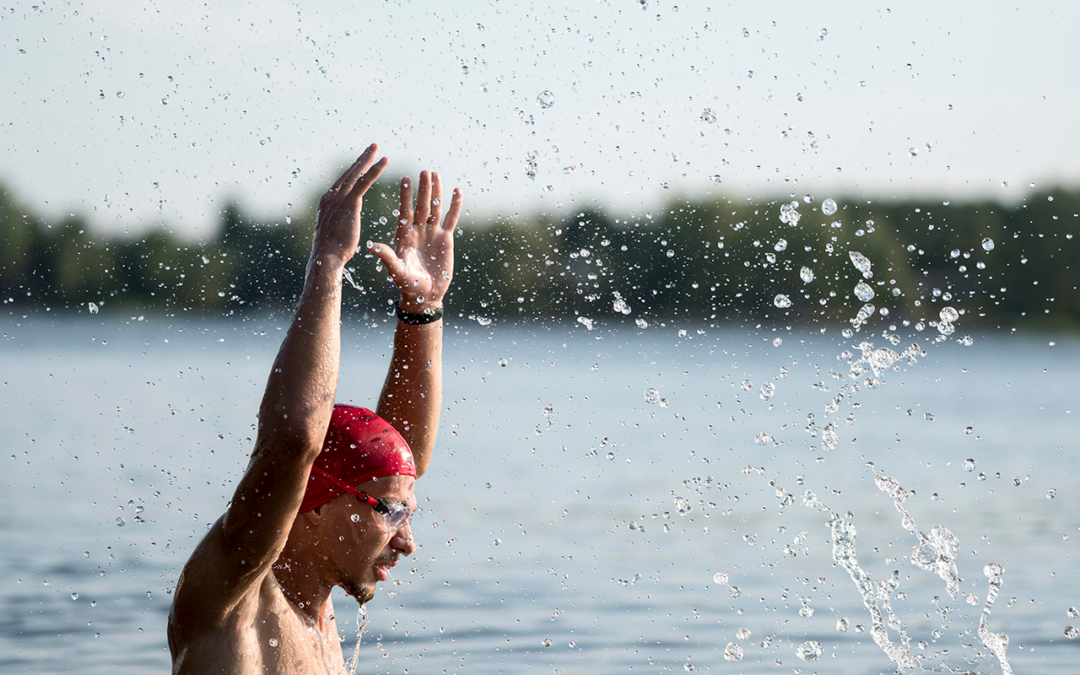Fashion trends have always found ways of thrusting outdoor gear into the mainstream. From the hype beast brand Supreme releasing a ‘Utility Shovel’, to The North Face puffer coat being sported by every teenager in the UK. Emerging trends include ‘gorpcore’, an ultra-fandom causing a rise of popularity in brands such as Arc’teryx and Salomon. But what cost does this have to the product value and utility?
With fashion evolving all the time, you don’t have to look very far back to see the influence outdoor clothing has on the mainstream scene. Brands that have consistently remained in their own lane have managed to hit the spotlight thanks to fashion trends changing overnight. In the late 80’s Massimo Osti’s C.P. Company produced the recognisable ‘Goggle Jacket’ which blends a pair of goggles into its hood. It was initially designed for motorsports and worn in the Italian Mille Maglia off-road race. Yet, through years of mainstream exposure, the infamous goggles are still added to many of their items for aesthetic purposes. To use them today is impractical, and frankly uncomfortable. A similar story for Stone Island, with their early influence being military, workwear, and outdoor design. The unique Tela Stella jacket released in 1982/83 is perfect evidence of this. Nowadays, the dying embers of outdoor influence can be seen in their collections.
You may be thinking that this integration might just be the result of people appreciating the outdoors and striving to enjoy a more active lifestyle. Whilst that may be true for some, for the majority, these ‘trendy’ cargo trousers, waterproof shell jackets and fuzzy hats occasionally see a rainy day, but they certainly aren’t being used and abused the way they are intended to.
The Experts:
I asked Chris Townsend why he thought outdoor clothing was hitting the mainstream. Chris is an award-winning author, with over 20 books, he specialises in long-distance hikes. Oh and if that wasn’t enough, he has been testing gear for The Great Outdoors magazine as gear editor since 1991.
“I think this is more to do with the fashion industry than the outdoor brands. Every so often fashion designs develop an outdoor look and outdoor brands react to this. Or celebrities who are fashion arbiters, at least in some areas, start wearing outdoor clothing. It’s not new and it goes in waves. Back in the 1980s music stars like Oasis wore down jackets on programmes like Top of the Pops and they became fashionable, as did Gore-Tex jackets worn by other celebrities.”
The Gore-Tex brand Arc’teryx brand is renowned for high-quality hiking gear, backpacks, and waterproof coats. Recently, it has been sucked into the world of streetwear fashion after being name-dropped in numerous rap songs, worn by influencers and celebrities, and even being brought onto the runway in a Virgil Abloh Off-White collaboration sported by the Hadid sisters. For a brand that spawned from making rock-climbing equipment, this spotlight brings a significant influx of revenue and endorsement. However, some may argue that this mainstream limelight causes people to undermine their significance in the world of outdoor clothing.
The brand itself is taking precautions to prevent this, Arc’teryx chief executive Stuart Haselden said, in 2023, they will be investing in Veilanc. A sub-brand designed for those seeking a progressive design that leaves out the gorpcore features. This allows them to separate and divert audiences depending on what they are searching for.
Social media impact:
Fin Spiers, a fashion influencer with over 43,000 followers on TikTok, said: “Celebrities and influencers have a lot of responsibility these days. It can be an outfit they wear to a performance, or a fit worn in a viral video that can suddenly make an item of clothing or brand really popular. These influential people understand quality. This is why you have your Off-White and Arc’teryx or North Face and Gucci collaborations. It’s a mixture of being well-known and making stellar clothes with impeccable quality which makes them fashionable.”
Unlike Fin, Ben Raasch is an avid hiker, surfer, climber, and skier and has been sporting outdoor gear since birth.
“I have of course noticed trends in certain outdoor gear becoming fashionable, but personally, I’ve never found it to be a bad thing. If brands are making me look cooler doing the things I love, I’m here for it,” Ben told Nine to Alive.
Often, when an item of clothing that has functionality becomes fashionable it is imitated by other brands. These brands will proceed to re-design the product to be more comfortable and casual, essentially losing the product’s practicality.
The cargo trouser was, and still is the trouser of choice for hikers, climbers, campers, and all-round outdoorsy folk. If you had asked someone 5 years ago where to find cargo trousers, shops such as Trespass, Go Outdoors, and Blacks would be everybody’s first response. Fast forward several years and the humble cargo trouser has found itself at the centre of gorpcore and on the shelves of stores such as JD Sports, H&M, Uniqlo, and even Levi’s. Thanks to this evolution of cargo trousers, they are no longer just found in the strong blends of canvas, twill, nylon, and polyester that make up a durable outdoor item of clothing. Instead, they are produced in all forms; from cotton loungewear that resembles more of a pyjama, to the cuffed and drawstring cargo that prioritises comfort over utility.
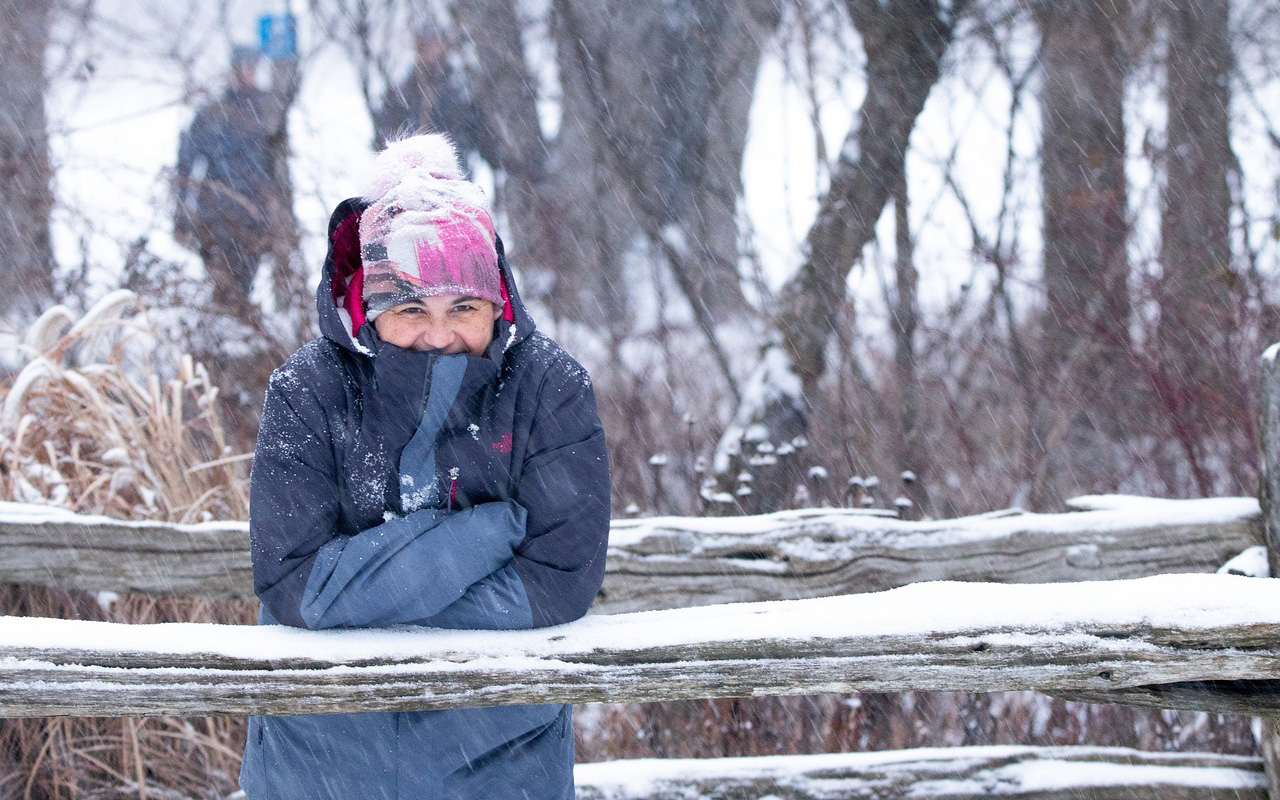
Joe Smith, 22, a casual consumer of fashion content, said: “I wear a lot of cargo trousers, but I’m not concerned with their practicality. They look nice and that’s what I look for in my clothes. I would rather buy a product that is comfy and still looks nice, rather than lug around clothes I will never properly use just because they are fashionable. A comfier alternative is so convenient for me.”
Chris Townsend, added: “When I review gear function comes first. An item should do what the company says it will do. Fashion isn’t a consideration. The clothing I use is the stuff I think will perform best on a specific trip. I have at times stopped recommending a brand, at least for some purposes, due to changes, though this is usually due to quality issues rather than pandering to fashion.”
Are brands adapting for their new audience?
It is often debated whether brands change their products deliberately to make them less useful or they are simply catering to a new demographic. The new North Face Nuptse puffer coat is a great example, despite being very similar in design and fit, critics say the re-release has let itself down in the insulation department. However, this could be down to several reasons. For a start, the coat was never necessarily designed for harsh outdoors and there may be environmental or cost factors that caused a change in the product manufacturing.
It is clear that brands don’t necessarily choose whether they are in the spotlight, and it is fairly evident that most continue to make the high-quality products they always have done. We asked Chris Townsend why brands might choose to go for popularity over utility.
“Sales! A much bigger market and market position, filling a niche. To give an example: both Craghoppers and Rohan started out making serious hillwalking and mountaineering clothing. Then Rohan found its lighter garments being used for general travel, a niche no other outdoor brand was then filling. They followed that approach and are now a company that mainly sells travel and general leisure clothing. Many of their clothes are fine for walking but they haven’t made any for mountaineering for many, many years. Not long afterwards Craghoppers took the same approach. They’re a bit more outdoors-oriented than Rohan but again it’s decades since they made anything for mountaineering. Both companies are successful.
This approach doesn’t always work. Back in the 1990s, a big-name outdoor brand was taken over by a big non-outdoor company who wanted to maximise their investment with increased sales. They decided to promote outdoor clothing as streetwear and ran ads showing businesspeople striding through the rain on city pavements in Gore-Tex jackets and similar. They also concentrated their design work on more street orientated clothing. They failed to break into the general streetwear market and lost some of their credibility as a serious outdoor brand.”
There really is no negative to having great quality outdoor attire become fashionable. It simply emphasises that clothes made for functionality are created with care and quality at their heart. With that in mind, it becomes obvious how when this mixes with a sleek design that fits people’s everyday uses or a specific niche, it becomes fashionable and popular!
